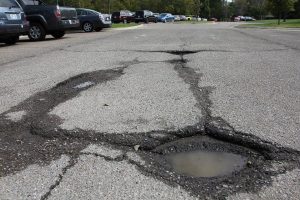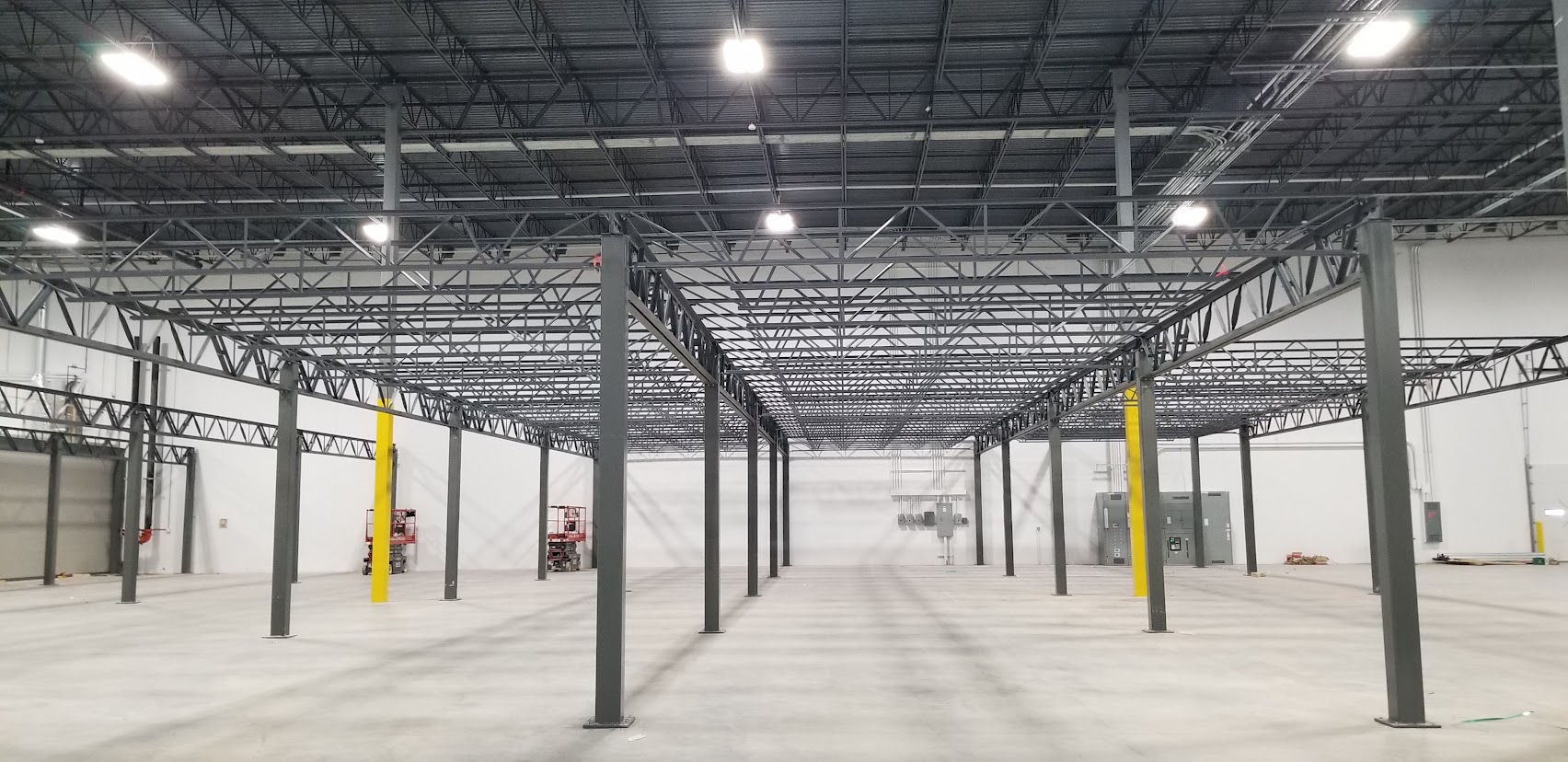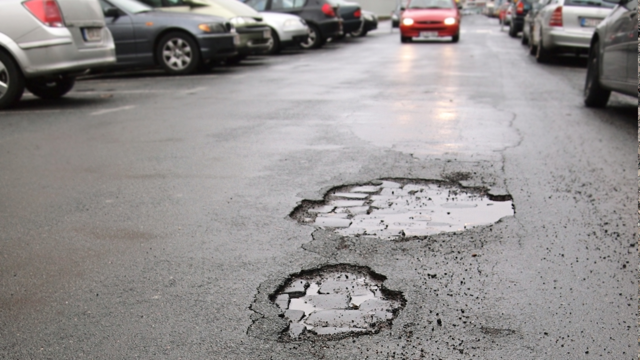One of the biggest headaches for a business or organization is parking lot repair. Used daily by employees, visitors, and clients, it can be a major factor in the experience at a business or organization, but the investment is significant.
So, when should a concrete parking lot be repaired? And, when does a concrete parking lot reach the point that replacement is essential?
In this blog post, we will explore these two questions and some upkeep tips to avoid unnecessary expenses.
Understanding the Need for Parking Lot Repair
Identifying and addressing early signs of deterioration can prevent minor issues from escalating into costly repairs. Key indicators include:
1. Small Cracks:
Prompt attention to minor cracks is crucial, as they can expand and deepen if exposed to de-icing salts, oil, or water infiltration, leading to more severe damage.
2. Pooling Water:
Visible water accumulation may indicate drainage problems or an uneven surface, both of which can undermine the structural integrity of the concrete.
3. Potholes:
These often result from inadequate drainage or surface defects and can be exacerbated by suboptimal concrete mix ratios, particularly an excess of sand.
4. Buckling/Warping:
Heavy vehicle traffic can lead to a wavy surface appearance, signaling potential issues with the parking lot’s foundation.
5. Water Stains:
These suggest subsurface damage and can make the concrete prone to mildew and mold, necessitating immediate attention.
Other minor signs, such as color fading, uneven surfaces, or swelling, also warrant timely repair to maintain the integrity and aesthetics of the parking lot.
Determining When Replacement is Necessary
While repairs can address minor and moderate issues, certain conditions necessitate the complete replacement of the parking lot:
1. Extensive Damage:
If assessments reveal that over 25% of the parking lot requires removal, replacement is generally more cost-effective than repairing.
2. Widespread Splits:
These are typically caused by the expansion of liquids like ice, gas, or oil in the concrete’s cracks.
3. Large Cracks:
Distinguished from small cracks by their significant length, width, or depth, these often indicate a need for replacement.
4. Severe Water Damage:
When pooling water causes extensive sub-surface damage, the affected areas need replacement along with improved drainage solutions.
Proactive Maintenance Strategies
Extending the lifespan of a concrete parking lot, which can last 15-20 years with appropriate care, involves routine maintenance:
1. Resealing:
Apply a quality sealant every 3-5 years to protect the surface from wear and tear.
2. Snow Management:
Keep the lot clear of snow, especially during its first year, to prevent moisture penetration and freeze-thaw cycles that can lead to surface damage.
3. Salt Application:
After the initial year, use common rock salt to combat ice formation. This salt variant is less detrimental to concrete compared to other de-icing chemicals.
The Importance of Maintenance
Concrete Services Contact
E: jacob.peek@SingleSourceSystems.net
P: (816)-419-4153
W: Get a Quote






